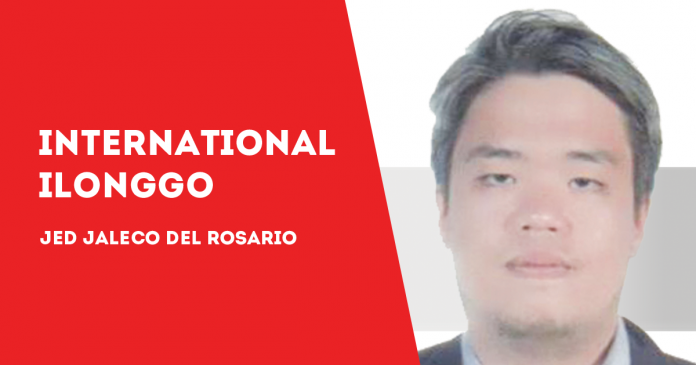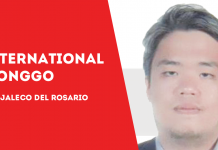
ACCORDING to news reports, a few African countries are suffering from famine again, and that has reminded me of an important issue that I may have not touched on before – food, specifically food security and food sufficiency.
Food economics is a very complex issue, and involves things like logistics, industrial farming and even equity markets. In the past, food scarcity has led to the fall of governments and even entire civilizations.
So what’s the situation with the Philippines?
A map by knoema.com on food imports indicates that that the Philippines’ food imports as a percentage of total merchandise imports was 12.04 percent. Compared to the whole world, that puts us at the middle tier. However, according to foodsecurityindex.eiu.com’s list, the Philippines is No. 73 in their food security list, below India.
Not a good place to be in.
This disparity between food imports and food security is ultimately based around definitions and wealth. Food security refers to the availability of food as well as its cost, and even though the Philippines imports relatively (please focus on the “relatively”) small volumes of food, it isn’t a particularly wealthy country either.
Developed countries import large quantities of food and that is because of their relative wealth, which explains why the US is major food importer even though it produces plenty of food itself.
Food self-sufficiency, on the other hand, is a different matter. It is defined as “the access for all people at all times to enough food for a health, active life.”
The unspoken implication, however, is the “health, active life” part. It means a population can go hungry even if they are not starving (not sick and not active).
Hunger was the norm throughout human history, and it hasn’t really gone away. Our globalized world has merely created the illusion of food security through technology and trade, which brings me to the main point of this article: Food sufficiency is a must for the Philippines, particularly in light of destabilizing factors all over the world.
We don’t need to achieve full food security, but we must be self-sufficient. We must be able to feed our people, regardless of the situation in other countries and regions.
To conclude, I’d like to give the following state: According to WorldAtlas.com, “By year 2050, more than half of the world’s population is expected to rely in food sourced from other countries.”
Thought leaders think this will spread more food security via trade. I see the opposite. It makes the world more dependent, and therefore, more vulnerable to global food-related crises./PN

